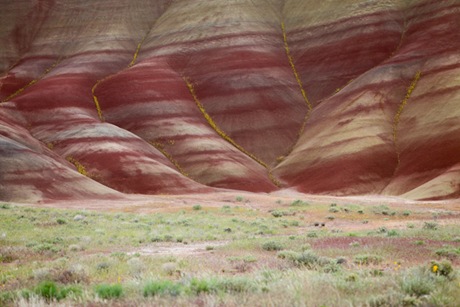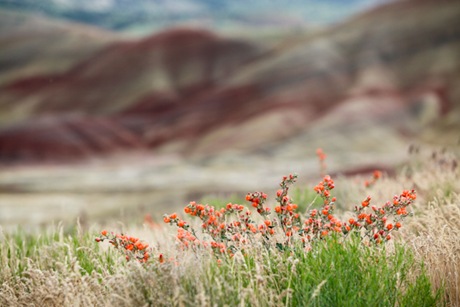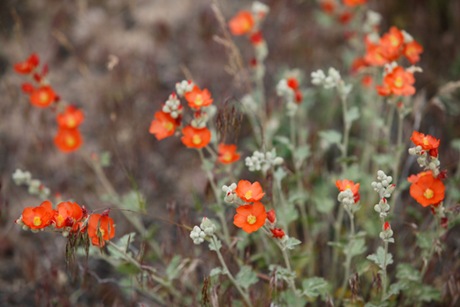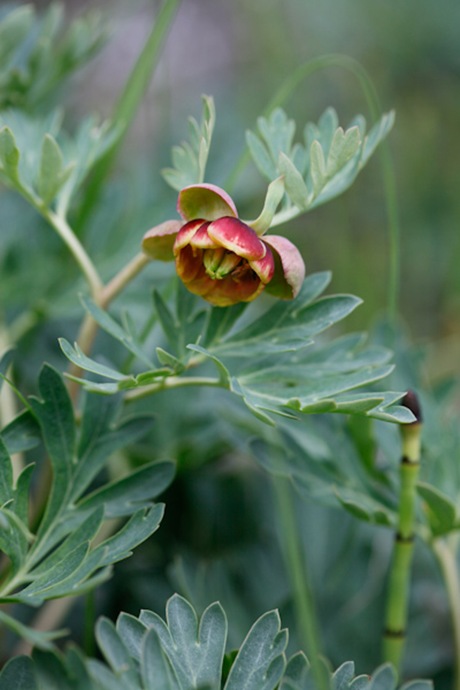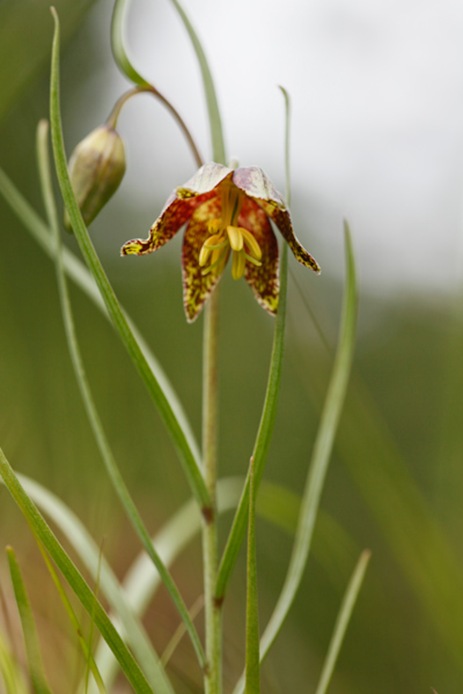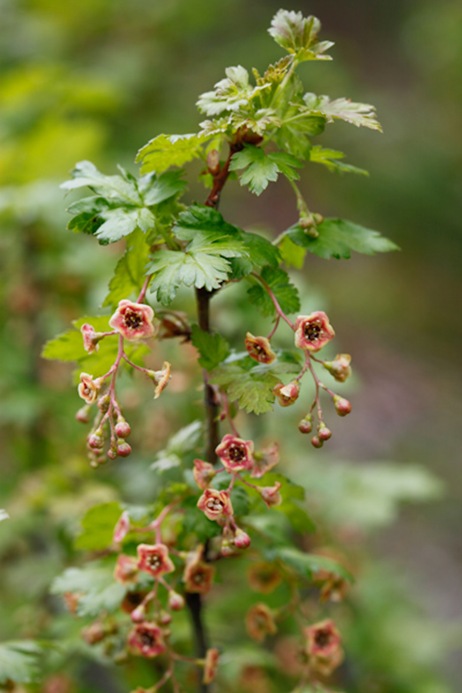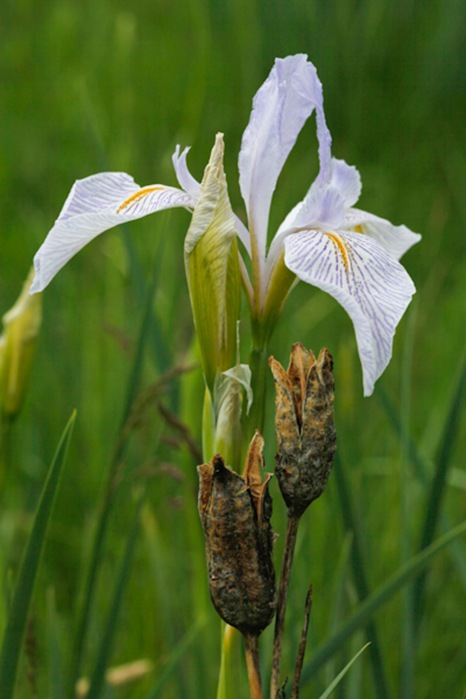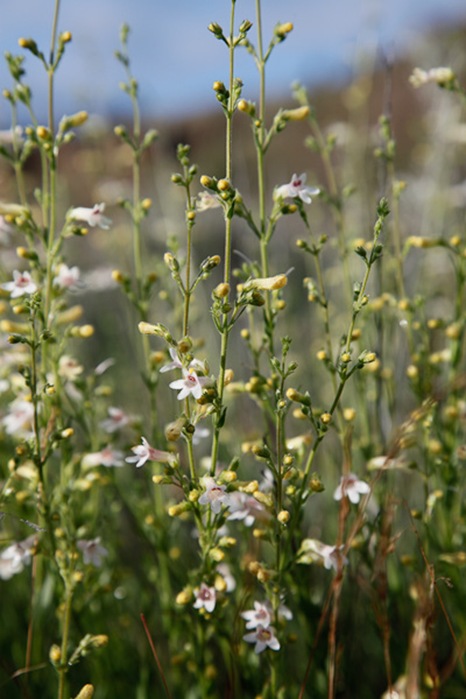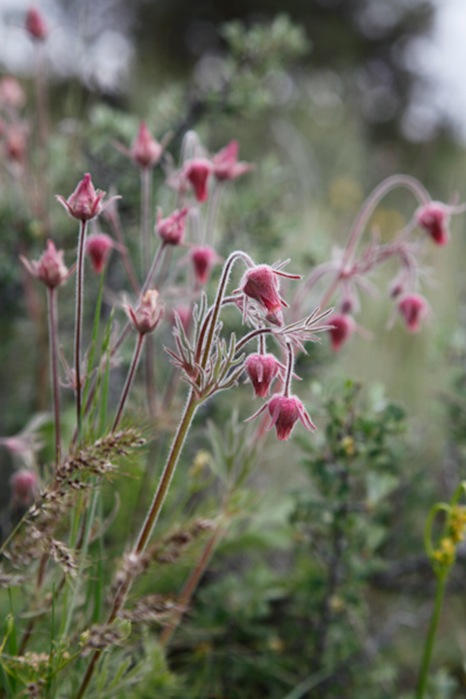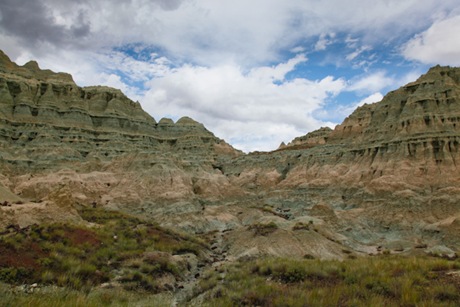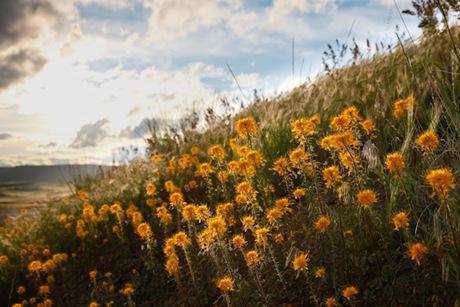One of the most basic dichotomies in life may be between those things that we understand why we engage in and those that we do not. Further dissolution of this distinction leads to things we may understand but that many others do not. This is called obsession.
My most obvious obsession has always been plants. At 15 I knew all the signs of various micronutrient deficiencies. At 19 I was soaking in the thousands of plant species at one of the largest nurseries and plant collections in the country; at 26, managing another. By the time I was looking back at three decades of learning numerous dichotomies (from dichotomy key to divorce) it began to dawn on me that this one was not going away. I tested myself: climb the highest mountain in North Vietnam during a 50 year cold snap, collect and clean the seeds in various SE Asian hotels and navigate the USDA to import the resulting new introductions to the US. Check. Regularly drive for 18 hours a weekend exploring the most botanically rich areas of Western North America. Check. Attempt dating conversations about Trillium nomenclature. Check. This was no green thumb, this was green up to the elbows. But what to do with it? What use, this obsession? Starting a specialty nursery seemed too dicey; taxonomists are a dying breed. I needed a conduit.
It was almost an afterthought realizing that I had been collecting tens of thousands of photos of all these plants with which I interacted. That I had carefully recorded genus and species and cultivar and location. That it had gone from a purely documentary process to one which considered framing and balance and color relation and composition. Wow, was I coming to understand this obsession? Was I in fact creating something with it? Not only create but to create something which allows me to share my obsession with other? To proselytize, if you will?
Today, I am a botanical photographer. Today I live the dream of my obsession. I move between great gardens and gardeners and the too quickly disappearing natural world. I sit in front of my screen thousands of hours recording the details of these places, these plants. Their stories and my own intertwine. But it is important to remember the nexus of this: to understand those things we choose to engage in and how share it with others. With this prelude I’d like to introduce a small series of photographic expeditions, beginning today with…
Painted Hills, John Day Fossil Beds National Monument
Rivulets of Golden Bee Plant, Cleome platycarpa, run down the slope against the stunning red horizontal strata of Oligocene era deposits.
Still verdant from abundant spring rains, the rich color of millions of years of volcanic deposits from the forming Cascades is cloaked in green and gold.
Quoted from In Search of Ancient Oregon by Ellen Morris Bishop, “Red bands in the Painted hills record soils that developed in wetter Oligocene climates, and yellow bands, under drier conditions. Black dots and streaks are manganese nodules that may have been created by manganese-fixing plants.”
Orange globe mallow (Sphaeralcea munroana).
One of only two Peonies native to the Americas, Paeonia brownii is the more Northern and widespread. Though diminutive in size (no larger than a silver dollar) it more than makes up for it with lovely glaucous foliage and petals of rich chocolate red with yellow edges. Pictured here in habitat under pines in the Ochoco National Forest.
My favorite of the Spotted Fritillary here in the West, Fritillaria atropurpurea may be most easily distinguished from the others by glaucous foliage that comes only from the stem.
White Mule’s Ears (Wyethia helianthoides). Surprisingly large, pure white flowers rise from this uncommon inhabitant of moist meadows east of the Cascades.
I have always liked the large number of Gooseberries that inhabit the PNW and appreciate finding them in peak flower as it is rather more difficult to pull the species apart without them. Above, Ribes lacustre; Ochoco National Forest, OR.
Golden Currant (R. aureum) is perhaps one of the more impressive flowering shrubs on the PNW. I especially like when the inner corolla gets an orange coloration against the bright gold (due to pollination or age?).
Back in the good old days this was Brodiaea douglasii and as a fellow Scotsman I am sorry to see a such a fitting tribute taken away. Nonetheless, Triteleia grandiflora var. grandiflora is lovely to see on a warm summer evening studding the tawny grass. This blooms at least a full month later than T. grandiflora var. howellii.
This is a rather color dull form of the wide ranging and highly variable Western Blue Flag (Iris missouriensis) but I liked the combination of previous years seed heads and peak bloom in the same frame.
Scorched penstemon (Penstemon deustus)!
This image of Prairie Smoke (Geum triflorum) was from a roadside stop in the middle of mile upon mile of empty road between Fossil and Antelope, OR. The rare stillness and rolling hills and a glowing evening light such as you can only find in big sky country.
This area, Blue Basin, is also known as Turtle Cove for the abundance of fossilized… yep, turtles. Even the stream water was colored the same blue suede color of the strangely eroded silica rich volcanic ash hills.
I’ll let this one speak for itself.

